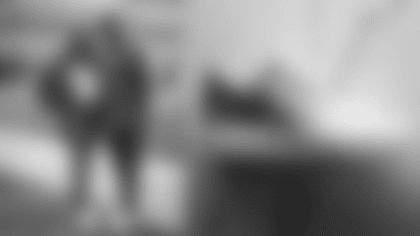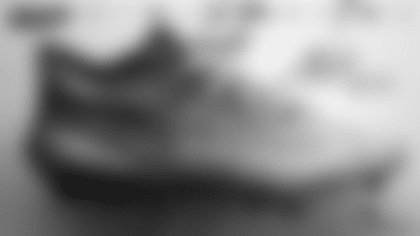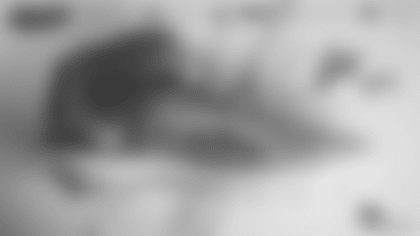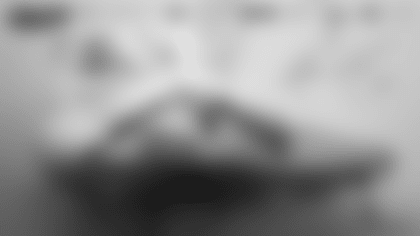When a Redskin player is injured, it's the job of athletic training staff members like Larry Hess to help get that player back on the field. In his fifth season with the Redskins, Hess serves as the team's director of rehabilitation. Hess has 10 tips to keep in mind as you work through your own rehab:
1. Don't be afraid to ask questions. Communication between a person coming off an injury and his or her physical therapist is vital.
2. Try to become familiar with as much of the pertinent medical terminology as possible. For example, if you have a sprained ankle, learn the difference between a sprain and a strain. A sprain is an injury to a ligament that connects bone to bone whereas a strain is an injury to a muscle or tendon.
3. Always focus on the fact that a good rehab program is one that is geared toward a commitment to both exercise and muscle strengthening over a long term. Commitment to a regular exercise program after rehabbing from an injury decreases your chances of re-injury. Don't dismiss the importance of your home exercise program.
4. Part of your rehab process is therapeutic and aimed toward regaining abilities that have been lost or impaired. Equally important is the educational component. You should be learning about your injury and how to work your way back into shape.
5. Realize that a lateral ankle sprain is the most common ankle injury. This is an injury to the ligaments on the outside of your ankle. Initial treatment should consist of RICE (Rest, Ice, Compression and Elevation). Preventing and decreasing swelling is important within the first 48 hours. Progression into an appropriate range of motion and strengthening program will reduce risk of re-injury. Taping and/or bracing may help initially for return to activity.
6. In terms of shoulder injuries, picture this: The rotator cuff is made up of tendons attached to four muscles. Rotator cuff injuries are most common in a person's dominant arm and occur frequently due to overuse and repetitive motions.
7. It's a good idea to use ice for the first 48 hours after an injury and following an activity or exercise. Heat is best prior to beginning to exercise and for the period that starts two days after an injury.
8. If ultrasound treatments are recommended for you, understand the ways in which they work. Ultrasound treatment involves the use of sound waves to produce heat internally in an injured joint or muscle. Such deep heat increases blood flow and promotes healing. The sensation of heat on your skin is not avoided.
9. Here's a fact that cannot be overemphasized: A rehabilitation program is unique to you and to your injury. How other people respond from a similar injury may not be an accurate barometer for you.
10. Finally, here's the most common question I'm asked about rehabilitation: "When do I begin rehabilitation after surgery?" I always answer it this way: "Early intervention is key for a successful outcome. Depending on the injury, early motion and mobilization can help with the healing process. Waiting one to two months may lead to guarded movements, causing tightness and pain in areas other than the original injury site." Always consult with a certified health care professional.













